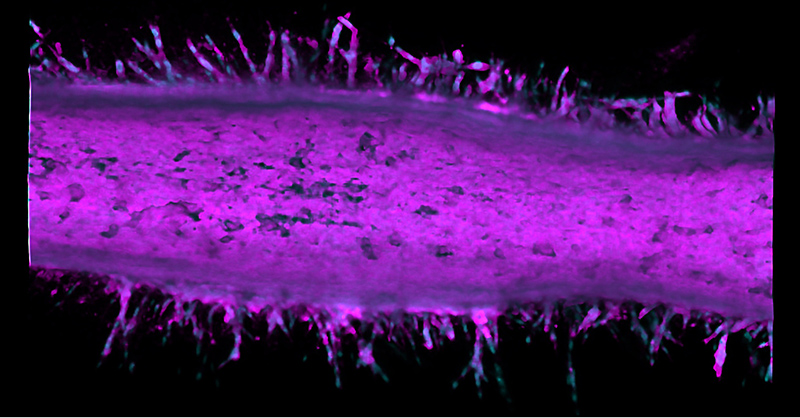Pancreatic cancer 'time machine’ exposes plot twist in cell growth and invasion
02-13-2020

Pancreatic cancer has one of the worst survival rates among cancers. Patients can expect as low as a 9% chance to live for at least five years after being diagnosed.
Going back in time to observe how cells with key gene mutations interact and become invasive would help researchers better understand how the cancer starts and identify it sooner.
A pancreatic cancer “time machine” engineered by Purdue University researchers has revealed that the disease is even more unpredictable than previously thought: Cancer cells promote each other’s invasiveness when they grow together.
The study, published in the journal Small, is just the beginning of a new discovery about how pancreatic cancer evolves. Since the paper’s publication, the researchers also have found drug resistance in cancer cell types originating from two drug-sensitive ones.
The time machine is a hollow tube of collagen that realistically mimics the microanatomy of a pancreatic duct. By injecting cancer cell lines into microfluidic channels within the artificial duct, the researchers can use the system as a model for observing how pancreatic cancer behaves over time.
Typically, it takes 10-20 years for pancreatic cancer to develop in a patient. Even in an animal model, the process is several months long. This pancreatic tumor model condenses cancer development to just two weeks.
“We can observe what happens over a long period of time. This helps us to see trends that we wouldn’t normally see,” said Bumsoo Han, a Purdue professor of mechanical engineering who builds models for studying how cancer cells move in biological systems.